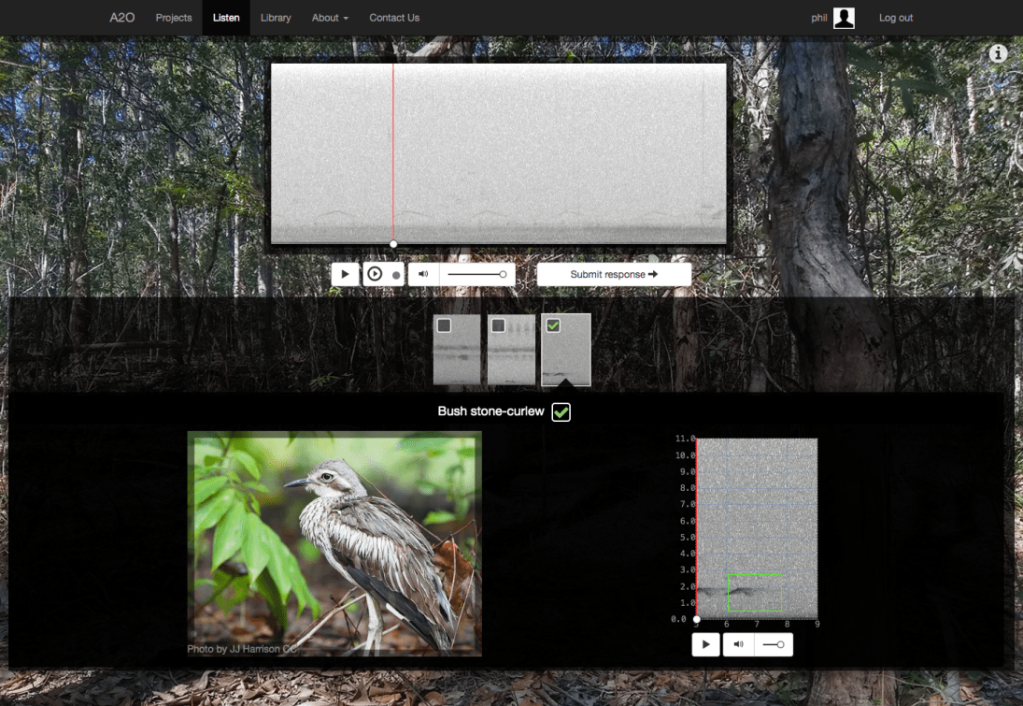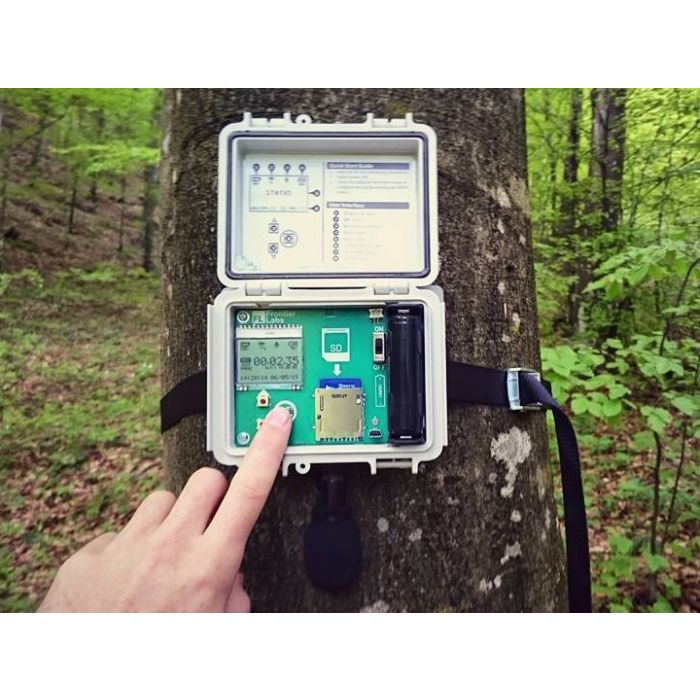Listen to the Earth – no, literally. Australia has a world’s-first project to map the voice of its wildlife, which will make a “galaxy of sounds” that can be heard like the ecosystem’s heartbeat.
The galaxy metaphor isn’t just poetic. Scientists already observe the cosmos through radio signal, optical imaging, and other techniques. A network of hundreds of solar-powered audio recorders will do the same across Australia.
Those sensors themselves will be familiar to electronic composers and field recordists. They use microphones and standard SD cards, but operate entirely on solar power – a necessity for remote locations. The recordings are continuous, and spread through the vast country, across some one hundred sites and 400 sensors covering “desert, grassland, shrublands and temperate, subtropical and tropical forests.”
From a scientific standpoint, this is already a big deal, because it can look at geography and time comprehensively, instead of in little pieces that can rob recordings of context and meaning. That means seasonal change, or even changes over the five year mission, will appear in the recordings.
It’s also significant that the project, and the vast amounts of sound data it produces, will be available to the public. That hints at both educational opportunities and crowd-sourced analysis – especially since citizen Australians may be on the ground spread through these hundred locations. The whole project will keep its data online and accessible. It’s a welcome change in talking about big data, from government surveillance and corporate control to actually harnessing that power to provide access to the public and better awareness of the ecosystem on which we depend.
Audio recording is less intrusive and far more comprehensive (in time and space) than conventional methods. And there are real, practical possibilities, as ABC News in Australia reports from Queensland:
[Biology Professor Lin Schwarzkopf, James Cook University] had also mapped the noise of the aggressive Indian myna birds and the rare black-throated finch, which environmentalists warned was a species under threat from the Adani coal mine in central Queensland.
“It’s useful because we can then look at things like species decline so we can understand when they are disappearing, like the black-throated finch. Over time we can listen for their calls and see if they are still there,” she said.
Acoustic observatory will record ‘galaxy of sounds’ to help scientists monitor Australian wildlife? [ABC News]
In the case of the Australian project, there are various partners including universities, parks and government, owners, indigenous partners, and advocacy groups and NGOs.

This strikes me as an opportunity for composers and musicians to partner with scientists, too. Whereas music once made primitive mimicry of bird songs, now it seems musicians possess a technological and creative/cultural skillset to both capture more data and express its significance to the broader public and society. So let’s get on it, shall we? (Hey, Europe for instance is a lot smaller and more manageable, for example…)
More on the Australian Acoustic Observatory…
